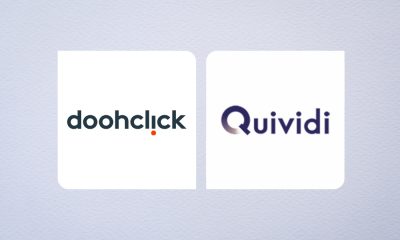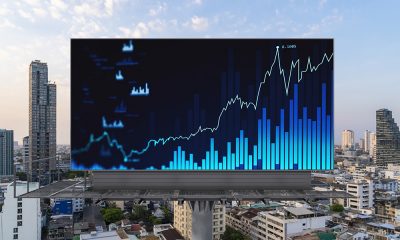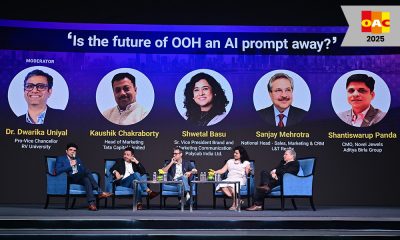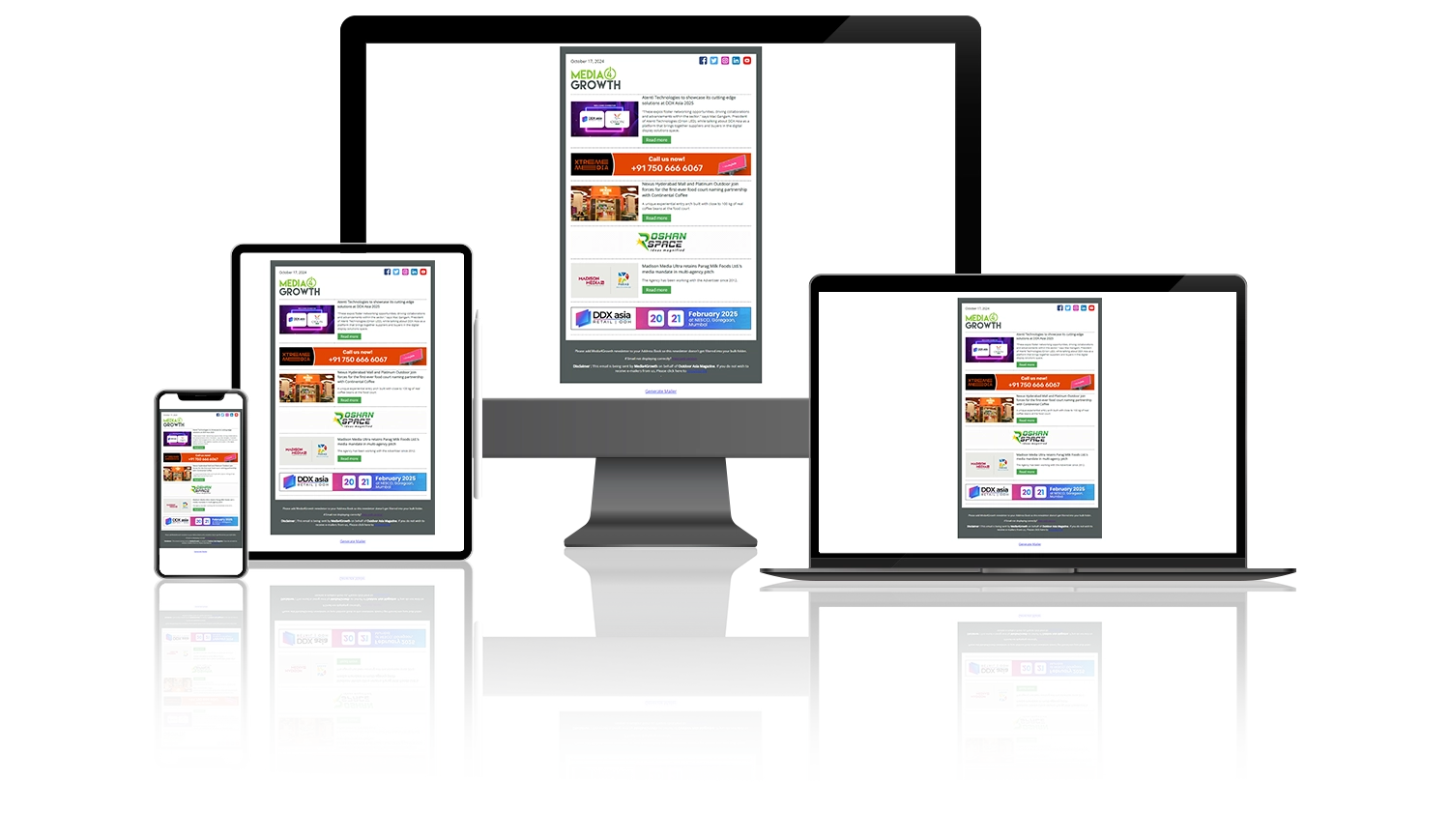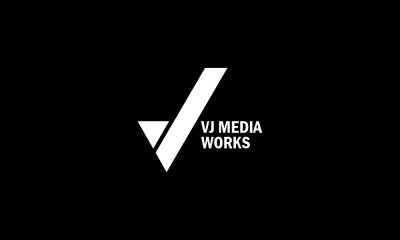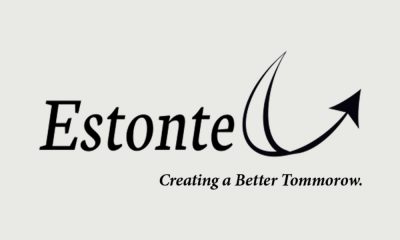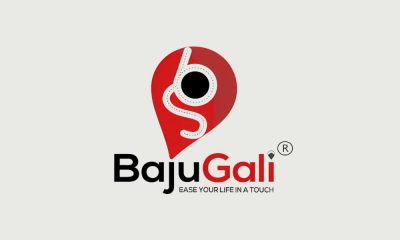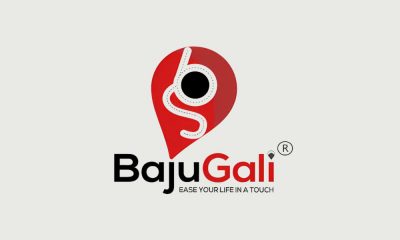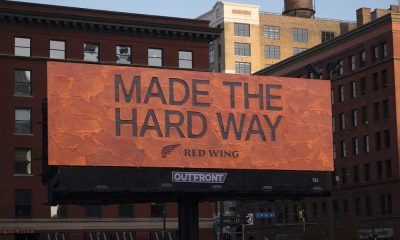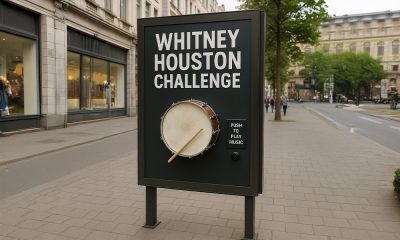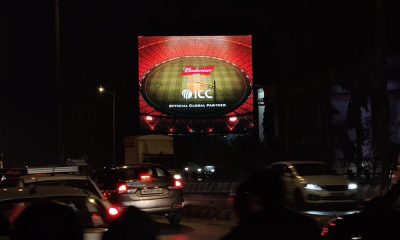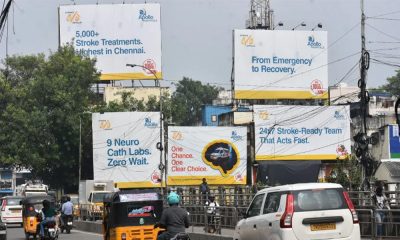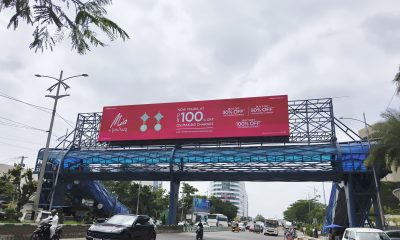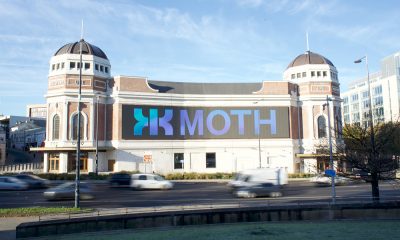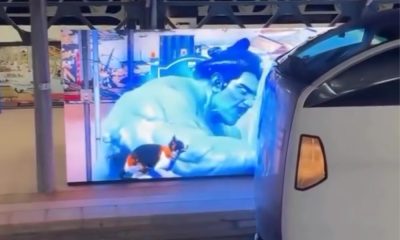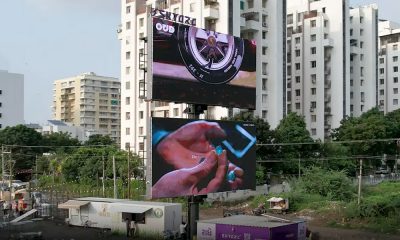Media Planning & Buying
‘CPM model of pricing is here to stay’
Srikanth Ramachandran, Founder and Group CEO – Moving Walls Holding, moderated the session, ‘The Business Model Powering The Next Billion Outernet Digital Screens’ with Paul Leo Versley, Co-Founder, Lantern Media, and Vivek Kumar Director, Strategic Marketing – Cheers & FairPrice Xpress at the Quividi India Conference held on June 29. The session discussed sectors that would accelerate DOOH growth in India.
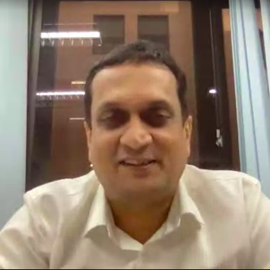 In Vivek’s belief, DOOH would not be restricted to controlled environment for long and will soon make a strong presence in the outdoors as it received widespread acceptance. He felt that since a large part of audiences are outdoors, it is only a matter of time before DOOH is seen on the streets. He however added, “Content will have to be dynamic to adhere to the audience who dwell around these digital media.”
In Vivek’s belief, DOOH would not be restricted to controlled environment for long and will soon make a strong presence in the outdoors as it received widespread acceptance. He felt that since a large part of audiences are outdoors, it is only a matter of time before DOOH is seen on the streets. He however added, “Content will have to be dynamic to adhere to the audience who dwell around these digital media.”
Srikanth stated how DOOH media was more expensive and offered lower quality a few years ago when it failed to penetrate into the Indian OOH market. But in light of the many technology advances being made now, it could be termed as the second wave of DOOH. He then put a question to the panelists – Given the timing, are the changes happening in DOOH now sufficient enough for the second wave to become a success?
According to Paul, timing is an important factor because it determines the readiness of the audience to accept a certain commodity. “Same thing happened with the smart phones. They failed due to their cost, which did not match their offerings. Smartphones became a success after iPhone’s entry into the market,” he pointed out.
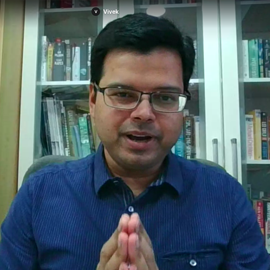 He added, “Clients are able to buy more screens and get more audience out of DOOH at a much lower price now than during the first wave. Simultaneously, the offerings of the screens during the first wave did not match the requirements of the audience or the clients.”
He added, “Clients are able to buy more screens and get more audience out of DOOH at a much lower price now than during the first wave. Simultaneously, the offerings of the screens during the first wave did not match the requirements of the audience or the clients.”
Speaking about DOOH’s strong footing in the retail sector, Vivek shared some insights on its influence over retail businesses. “The retail media network adds a lot more business to our retail clients. They experience as estimated return of $11 on every dollar spent on the retail DOOH network,” he said. Vivek added that DOOH media owners will have a stronger proposition when they have their own assets, provide data on audience and campaign performance, and finally, provide value through this data. Additionally, there should be independent validation for data of the network to back the assessment, he said.
Finally, the session addressed the pricing factor, which has been a big question for the DOOH industry. Paul addressed this by saying, “CPM (cost per thousand impressions) 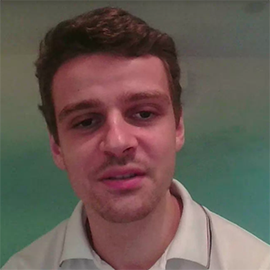 model of pricing is here to stay because the clients of DOOH are used to the it through their digital marketing campaigns. It could be beneficial to facilitate CPM than to introduce a newer pricing model.”
model of pricing is here to stay because the clients of DOOH are used to the it through their digital marketing campaigns. It could be beneficial to facilitate CPM than to introduce a newer pricing model.”
At the same time, DOOH CPM rates cannot compete with the rates of digital marketing CPM, he added. Paul felt that DOOH CPM must be impact adjusted since the ads on DOOH are far more impactful than the ones that are displayed on the phones. The DOOH impression is more valuable and as a result, the higher costs are justified, Vivek said, adding, “The effectiveness of the media must be looked into when determining the CPM model of pricing.”
-

 Campaigns
CampaignsSun Pharma drives impactful Diabetic Retinopathy Awareness campaign
-

 Insights
InsightsWhy DOOH works in the era of Attention Economics
-

 People
PeopleMarico Appoints Vikram Karwal as Chief Marketing Officer
-
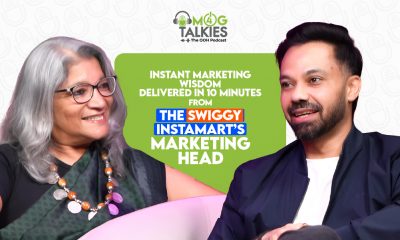
 Podcast
PodcastMarketing, Culture & the Power of OOH: A candid conversation with Abhishek Shetty, Marketing Head, Swiggy Instamart
